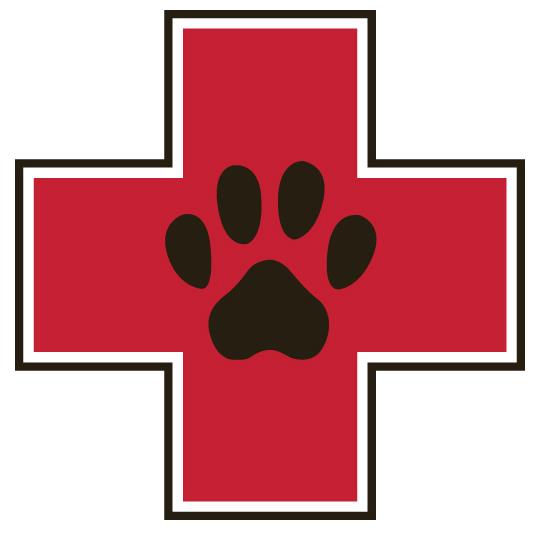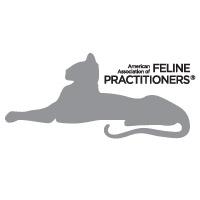Library
-
Lameness occurs due to the injury or debilitation of one or more parts of the leg: bones, muscles, nerves, tendons, ligaments, or skin. Depending on the cause of the limp, immediate veterinary care may be needed. If your dog is in severe pain, carefully transport your dog to your veterinary hospital or emergency hospital immediately. For non-emergency limps, you may be able to determine the cause of the limp and provide home care. If the lameness persists for more than 24 hours, seek veterinary care. Medication or surgery may be necessary to help your dog heal and reduce pain.
-
Tail injuries are common and can sometimes be managed with home first aid but some cases require veterinary care. Abrasions are mild scrapes that can be treated with daily cleaning and application of antibiotic ointment. Lacerations are more serious cuts that may expose underlying muscle and bone requiring stitches and often antibiotics. Tail fractures can heal well if they occur near the tip of the tail but if bones are severely damaged then amputation may be required. Nerve damage can occur from fractures, crushing injuries or severe tail pulls causing stretching or tearing of the nerves and can result in loss of fecal and urinary continence and can also result in a limp tail.
-
Tail injuries are common and can sometimes be managed with home first aid but some cases require veterinary care. Abrasions are mild scrapes that can be treated with daily cleaning and application of antibiotic ointment. Lacerations are more serious cuts that may expose underlying muscle and bone requiring stitches and often antibiotics. Happy tail is a condition where the skin at the end of the tail becomes damaged and continues to split and bleed whenever the wagging tail hits a hard surface. Bandaging, antibiotics and pain medication may help these heal but amputation may become necessary to reduce re-injury. Tail fractures can heal well if they occur near the tip of the tail but if bones are severely damaged then amputation may be required. Nerve damage can occur from fractures, crushing injuries or severe tail pulls causing stretching or tearing of the nerves and can result in loss of fecal and urinary continence and can also result in a limp tail. Limber tail is a painful muscle condition likely caused by overexertion and treated with rest and anti-inflammatories.
-
If your cat limps, or licks at her pads, she may have a foot pad that is torn, punctured, or burned. Minor injuries may be treated at home, by cleaning and covering the wound, but deeper or complicated wounds require veterinary attention. Try to avoid foot injuries in your cat by surveying the areas where your cat plays and walks.
-
If your dog limps, or licks at his pads, he may have a foot pad that is torn, punctured, or burned. Minor injuries may be treated at home, by cleaning and covering the wound, but deeper or complicated wounds require veterinary attention. Try to avoid foot injuries in your dog by surveying the areas where your dog plays and walks.
-
Flea and tick prevention consists of a variety of products used to control flea and/or tick infestations on your pet and to prevent infestations inside the home. Fleas and ticks can be found worldwide and can live in many climate zones. Prevention is key to avoid infestations and to prevent disease; preventatives are discussed. Your veterinarian will help you find an appropriate product that works best for you and your pet.
-
Fleas are the most common nuisance and parasite affecting cats, and an infestation can lead to serious health problems. Flea control requires a three-pronged approach; they need to be eliminated from 1) your cat, 2) any other cats and dogs that you have, 3) your home and yard. There are many flea control products available and your veterinarian can help you determine which are safest and most effective for your pets.
-
Overweight cats have an increased risk of many health conditions, including diabetes, arthritis, high blood pressure, and some forms of cancer. This article reviews the components of a strong weight loss plan and includes tips for success to discourage begging and help promote healthy weight loss in cats who live in a multi-cat household.
-
Overweight dogs have an increased risk of many health conditions, including diabetes, arthritis, high blood pressure, and some forms of cancer. This article reviews the components of a strong weight loss plan and includes tips for success to discourage begging and help promote healthy weight loss in dogs who live in a multi-dog household.
-
Adverse food reactions in cats are either caused by food allergy – an immune response to something ingested or food intolerance – a non-immunological response to something ingested. Signs of food intolerance are generally digestive in nature only. Food intolerance will generally occur on the initial exposure to the food or food additive in contrast to food allergy which requires repeated exposures to develop. Different causes of food intolerance include food poisoning, or inappropriate ingestion of an irritant, reaction to food additives, histamine reactions, lactose intolerance and dietary indiscretion such as eating fat or bones. A dietary history is important in diagnosing these conditions.




